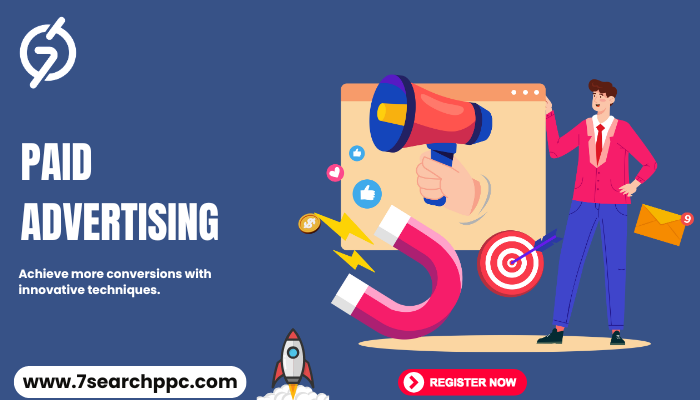Paid advertising is a form of marketing where businesses pay to display their ads on various platforms, including social ad networks and search engines. Unlike organic advertising, which relies on free content to attract users, paid advertising provides immediate visibility through methods like native ads, banner ads, and performance-based pricing models, including CPM (cost-per-thousand impressions) and PPC (pay-per) -click).

In paid advertising, businesses can target specific audiences with precision. For example, social ad networks such as Facebook, Instagram, and LinkedIn allow advertisers to create targeted campaigns based on demographics, interests, and behaviors. This level of control is harder to achieve through organic advertising, where visibility relies on engagement and algorithms without direct influence. Paid ads, especially native ads, blend seamlessly into social feeds, enhancing engagement by appearing as natural content, while banner ads catch the viewer's attention with prominent placement on websites and within apps.
CPM and PPC models further distinguish paid advertising. With CPM, businesses pay based on the number of impressions, making it ideal for brand awareness. PPC, on the other hand, advertisers charge only when users click on the ad, focusing on engagement and conversion. This flexibility allows brands to choose the approach best suited to their goals, whether it's maximizing exposure with CPM or driving direct actions with PPC.
In contrast, organic advertising relies on unpaid posts, search engine optimization, and user interactions to build visibility. While organic reach is valuable for long-term brand credibility and trust, it often takes time and consistent effort to achieve results. Paid advertising offers immediate, measurable outcomes, making it a powerful tool for businesses aiming to boost brand awareness or drive targeted actions quickly.
In paid advertising, businesses can target specific audiences with precision. For example, social ad networks such as Facebook, Instagram, and LinkedIn allow advertisers to create targeted campaigns based on demographics, interests, and behaviors. This level of control is harder to achieve through organic advertising, where visibility relies on engagement and algorithms without direct influence. Paid ads, especially native ads, blend seamlessly into social feeds, enhancing engagement by appearing as natural content, while banner ads catch the viewer's attention with prominent placement on websites and within apps.
CPM and PPC models further distinguish paid advertising. With CPM, businesses pay based on the number of impressions, making it ideal for brand awareness. PPC, on the other hand, advertisers charge only when users click on the ad, focusing on engagement and conversion. This flexibility allows brands to choose the approach best suited to their goals, whether it's maximizing exposure with CPM or driving direct actions with PPC.
In contrast, organic advertising relies on unpaid posts, search engine optimization, and user interactions to build visibility. While organic reach is valuable for long-term brand credibility and trust, it often takes time and consistent effort to achieve results. Paid advertising offers immediate, measurable outcomes, making it a powerful tool for businesses aiming to boost brand awareness or drive targeted actions quickly.




